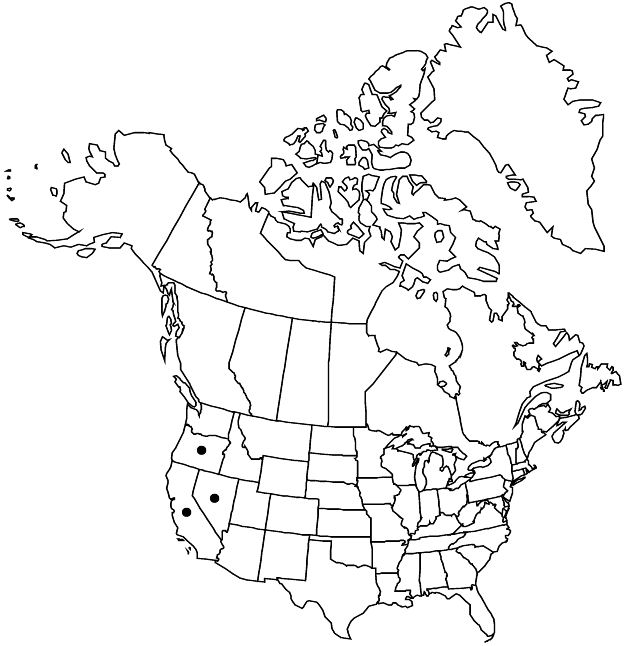Drymocallis lactea var. lactea
Stems (0.3–)1–6 dm; base glabrate or sparsely to densely short-hairy, not or sparsely septate-glandular. Inflorescences 3–20-flowered, 1/5–2/5(–3/4) of stem, narrow, branch angles 10–20°. Pedicels 5–10 mm, moderately to densely short-hairy, not or sparsely septate-glandular. Petals cream-white to pale yellowish. 2n = 14.
Phenology: Flowering May–Aug.
Habitat: Rocky, seasonally moist places
Elevation: 1600–3700 m
Distribution

Calif., Nev., Oreg.
Discussion
Variety lactea is the most common and conspicuous Drymocallis at higher elevations in the central and southern Sierra Nevada, where it is recognized by its large cream-white to yellowish petals and narrow inflorescences. It also occurs in the San Jacinto Mountains and Transverse Ranges of southern California, and extends into the Intermountain Region from the mountains of southeastern Oregon to central Nevada.
Selected References
None.